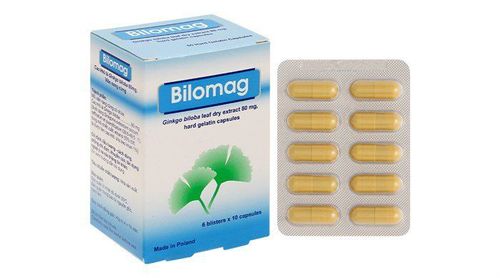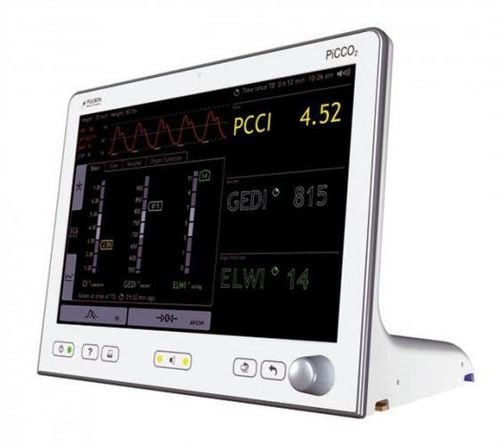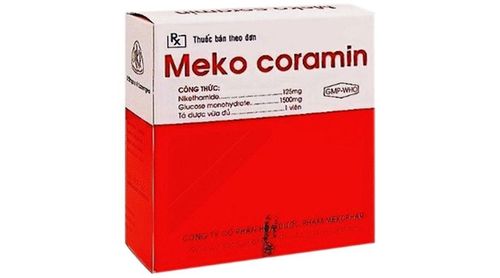This is an automatically translated article.
The article is professionally consulted by Master, Doctor Truong Thanh Tam - Pediatrician - Pediatrics - Neonatology Department, Vinmec Danang International General HospitalAcute circulatory failure is a rare disease and is especially dangerous for young children. The disease occurs due to gas exchange disorders when the heart - lung function is impaired. The best way to help reduce complications and the risk of death is to detect, take first aid measures and take the child to the hospital for timely emergency treatment.
1. What is acute circulatory failure?
Acute circulatory failure occurs when the metabolic demands in the body tissues exceed the capacity of the heart - lungs to meet. If recognized and treated early, based on assessment of hemodynamic parameters including flow, pressure and resistance indicators, the doctor will recommend appropriate treatment methods.
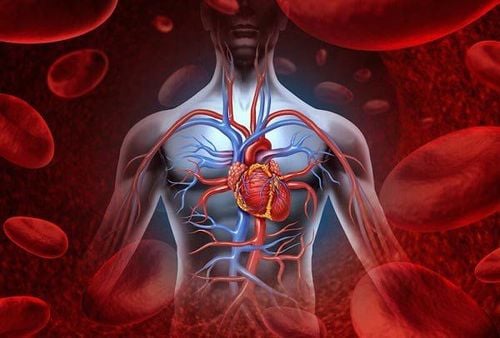
2. Treatment of acute circulatory failure in young children
The term acute circulatory failure (shock) is used to emphasize microcirculatory disturbances, resulting in cardiac arrhythmias and a number of other disorders (hypoxia, acidosis, enzyme damage, altered metabolism).
Causes of acute circulatory failure include cardiovascular problems, hypovolemia, infections, neurological, anaphylaxis, endocrine problems. Acute circulatory failure undergoes stages: vasoconstriction, vestibular dilation, or both; disseminated intravascular coagulation and bleeding.
Treatments focus on correcting volume disturbances:
Give approximately 400ml/m2 of infusion during the first hour and monitor central venous pressure for good fluid control. Provide electrolyte solutions including blood, platelets, plasma, albumin, dextran, and mannitol. Procedures such as ventilation, intubation, oxygen therapy, tracheostomy, mechanical ventilation, and respirator use. Vasodilators are used in accordance with indications, avoiding some complications such as disseminated intravascular coagulation, acute adrenal insufficiency, acute renal failure and arrhythmia. The methods of treatment given depend on many factors such as: sensation; respiratory capacity including: type, rate and rate of cardiac activity; degree of cyanosis; central venous pressure, skin color, temperature, arterial pressure; urine; body weight and hydration.
3. Application of outer membrane oxygenation (ECMO) technique in the treatment of acute circulatory failure in young children
The technique of outer membrane oxygenation (ECMO) is applied to reversible acute heart/lung failure in young children to maintain hemodynamic stability and organ function while awaiting treatment of the underlying cause. sick.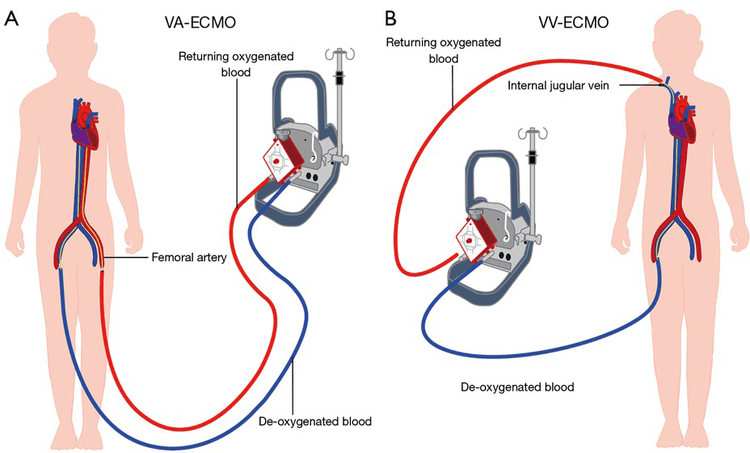
The ECMO system is connected to the child's body through cannula tubes placed in large arteries and veins in the legs, neck or chest. ECMO acts as an artificial lung system, where the exchange of fluids and solutes takes place, providing oxygen and removing CO2 from the blood and returning the blood to the circulatory system.
During the treatment period, the child may have bleeding due to anticoagulants, sepsis, kidney failure, stroke, cerebral ischemia. Those are the complications encountered during treatment with the ECMO system.
ECMO technique is being successfully applied in the treatment of circulatory failure and acute respiratory failure at Vinmec Hospital. ECMO surgeries at the hospital are performed by emergency department doctors and experienced colleagues.
Vinmec Hospital also invests in modern equipment to support doctors in the process of performing their work such as Maquet's HR20 artificial heart and lung system, GE's R860 ventilator.
Please dial HOTLINE for more information or register for an appointment HERE. Download MyVinmec app to make appointments faster and to manage your bookings easily.





